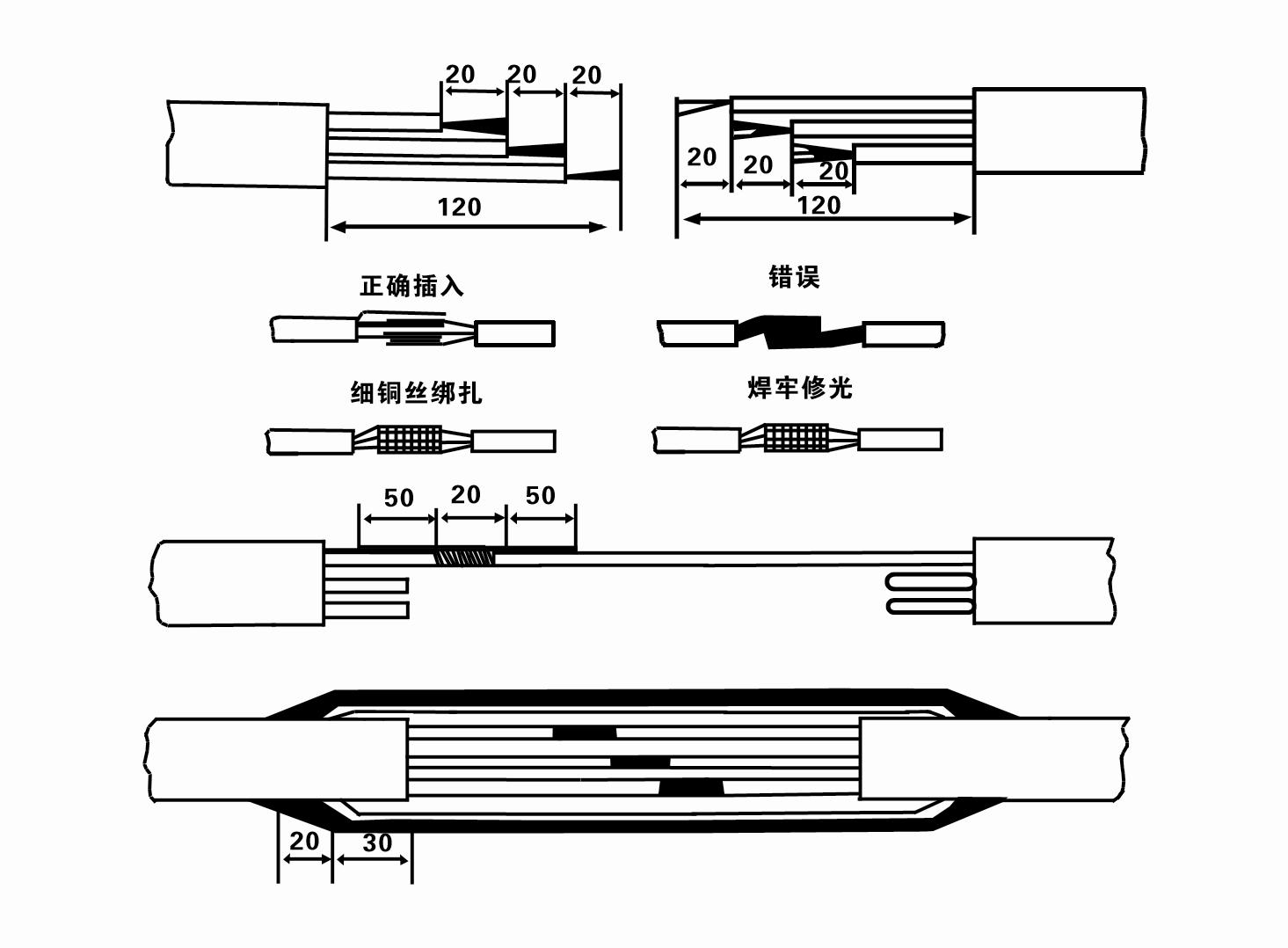Aug . 16, 2024 22:59 Back to list
Understanding the Depth of Submersible Well Pumps and Their Applications
Understanding Submersible Well Pumps How Deep Can They Go?
Submersible well pumps are a critical component in many water supply systems. They are designed to operate underwater, making them ideal for extracting groundwater from deep wells. An important question that often arises is, “How deep can a submersible well pump go?” This article aims to shed light on the factors influencing the depth capabilities of these pumps and the technology behind them.
What is a Submersible Well Pump?
A submersible well pump is a type of pump that is installed underwater in a well. Unlike traditional pumps that draw water up from the surface, submersible pumps push water to the surface. This submerged design reduces the risk of cavitation and allows for greater efficiency. The basic operation involves a motor that turns an impeller, drawing water into the pump via an intake screen and pushing it up through a discharge pipe.
Factors Affecting Depth Capabilities
1. Pump Design and Specifications The design of the submersible pump is one of the primary factors determining how deep it can operate. Submersible pumps are typically rated based on their horsepower and the depth of water they can effectively pump. Most residential submersible well pumps can operate at depths ranging from 100 to 400 feet, although heavier-duty models can operate even deeper.
how deep is a submersible well pump

2. Horsepower and Staging The horsepower of the motor plays a crucial role in the depth capability of a submersible pump. Generally, higher horsepower allows the pump to operate at greater depths. Additionally, multi-stage pumps, which have multiple impellers, can generate higher pressure, making them suitable for deep wells where water needs to be lifted significant distances.
3. Water Source Characteristics The quality and quantity of the water being pumped also influence the pump's effective depth. Factors such as water yield, static water level, and drawdown (the level of the water table after pumping starts) must be taken into account. A well with a higher static water level will allow for easier pumping compared to deeper wells with fluctuating water levels.
4. Well Construction The construction materials of the well itself can also impact the depth capacity of a submersible pump. Wells that are lined with high-quality materials can withstand the pressures and abrasiveness of deep drilling, while poorly constructed wells may limit the effectiveness of a deeper pump.
5. Environmental Factors The surrounding geological and hydrological factors can also affect the performance of a submersible pump. Things such as soil composition, rock formations, and groundwater quality must be considered to ensure the pump operates efficiently and reliably at depth.
Conclusion
Submersible well pumps are remarkable devices capable of operating at significant depths, typically ranging from 100 to over 800 feet depending on the specific model and application. When selecting a submersible pump, it is essential to consider various factors, including motor horsepower, pump design, well characteristics, and environmental conditions. Understanding these elements will not only help in choosing an appropriate pump but also in ensuring long-term, reliable water supply from deep wells. Whether for residential use, agricultural needs, or industrial applications, submersible well pumps remain an invaluable solution for accessing groundwater effectively.
-
Submersible Water Pump: The Efficient 'Power Pioneer' of the Underwater World
NewsJul.01,2025
-
Submersible Pond Pump: The Hidden Guardian of Water Landscape Ecology
NewsJul.01,2025
-
Stainless Well Pump: A Reliable and Durable Pumping Main Force
NewsJul.01,2025
-
Stainless Steel Submersible Pump: An Efficient and Versatile Tool for Underwater Operations
NewsJul.01,2025
-
Deep Well Submersible Pump: An Efficient 'Sucker' of Groundwater Sources
NewsJul.01,2025
-
Deep Water Well Pump: An Efficient 'Sucker' of Groundwater Sources
NewsJul.01,2025
-
 Submersible Water Pump: The Efficient 'Power Pioneer' of the Underwater WorldIn the field of hydraulic equipment, the Submersible Water Pump has become the core equipment for underwater operations and water resource transportation due to its unique design and excellent performance.Detail
Submersible Water Pump: The Efficient 'Power Pioneer' of the Underwater WorldIn the field of hydraulic equipment, the Submersible Water Pump has become the core equipment for underwater operations and water resource transportation due to its unique design and excellent performance.Detail -
 Submersible Pond Pump: The Hidden Guardian of Water Landscape EcologyIn courtyard landscapes, ecological ponds, and even small-scale water conservancy projects, there is a silent yet indispensable equipment - the Submersible Pond Pump.Detail
Submersible Pond Pump: The Hidden Guardian of Water Landscape EcologyIn courtyard landscapes, ecological ponds, and even small-scale water conservancy projects, there is a silent yet indispensable equipment - the Submersible Pond Pump.Detail -
 Stainless Well Pump: A Reliable and Durable Pumping Main ForceIn the field of water resource transportation, Stainless Well Pump has become the core equipment for various pumping scenarios with its excellent performance and reliable quality.Detail
Stainless Well Pump: A Reliable and Durable Pumping Main ForceIn the field of water resource transportation, Stainless Well Pump has become the core equipment for various pumping scenarios with its excellent performance and reliable quality.Detail
